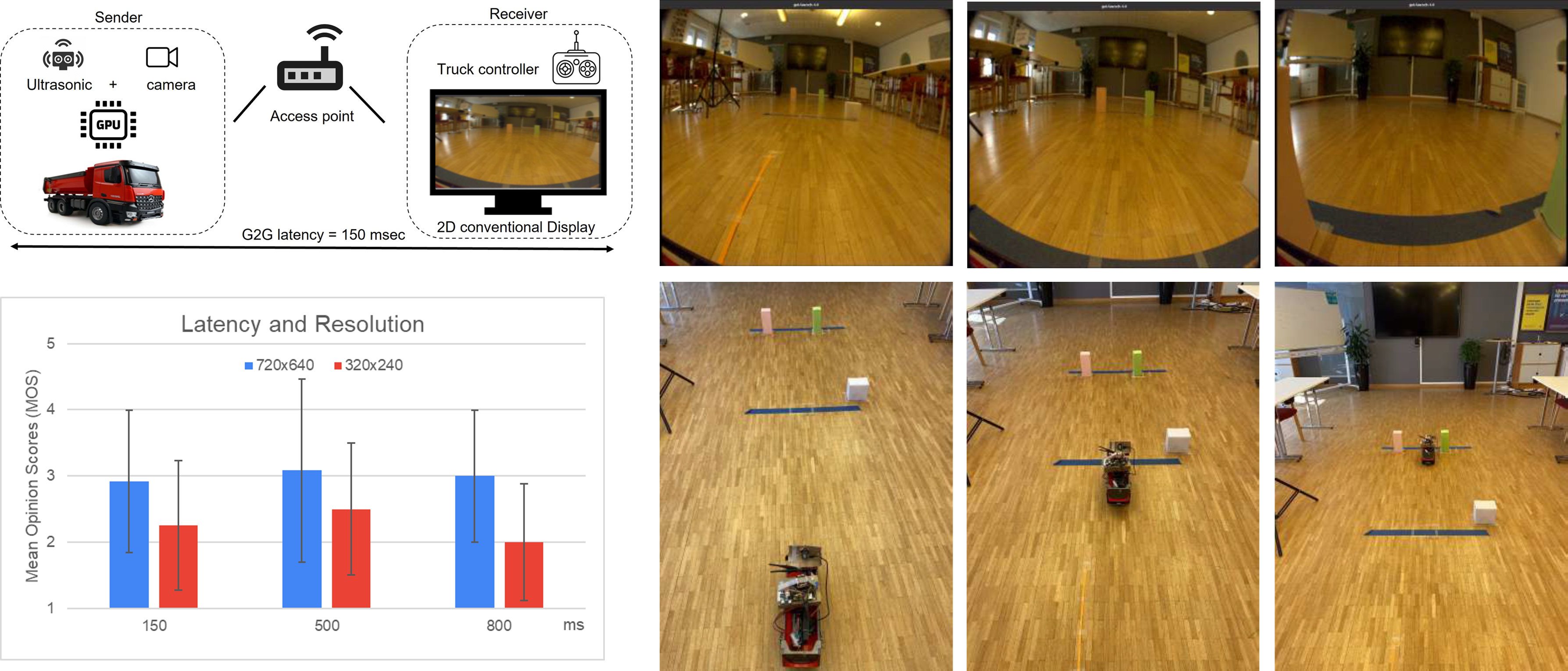
This study investigates how different camera perspectives presented in digital rear-view mirrors in vehicles, also known as Camera Monitor Systems, impact drivers’ distance judgment and decision-making in dynamic driving scenarios. The study examines (1) the effects of field of view and (2) camera height on drivers' ability to judge distances to rearward vehicles and to select safe gaps in potentially hazardous situations. A controlled lab-based video experiment was conducted, involving 27 participants who performed distance estimations and last safe gap selections using a simulated side-view mirror display. Participants viewed prerecorded driving scenarios with varying combinations of field of view (40°, 76°, 112°) and camera heights (1 meter, 2.3 meter). No significant effects were found for camera height, but wider field of views led to more accurate distance estimations. However, the use of a wider field of view also increased the risk of potentially dangerous overestimations of distance, as evidenced by the last safe gap results. This suggests that a wider field of view leads to the selection of smaller and potentially risky gaps. Conversely, narrow field of views resulted in underestimations of distance, potentially leading to overly cautious and less efficient driving decisions. These findings inform Camera Monitor Systems design guidelines on how to improve driver perception and road safety, to reduce accidents from vehicle distance misjudgments.

In this study, we designed an experiment using remote-controlled lab based moving platform to evaluate the impact of resolution, latency, and field of view on the Quality of Experience, performance, user experience and depth perception. The experiment involves two tasks: driving the platform to a stop point and parking it between two boxes. Participants provided feedback through questionnaires, and their experiences were analyzed. Seven participants between 30 and 57 (average of 37) years old participated. We used Google Forms for data collection, including pre-experiment and recurring questionnaires as well as a simulator sickness questionnaire. Despite the low number of test participants leading to uncertainty in quantitative analysis, significant effects were observed, albeit with contradictory statistical outcomes. The data suggests that lower latency corresponds to better performance, with participants not always perceiving higher latency accurately. Video quality notably impacts user experience, with higher resolution being preferred.

Many current far-eye 3D displays are incapable of providing accurate out-of-focus blur on the retina and hence cause discomfort with prolonged use. This out-of-focus blur rendered on the retina is an important stimulus for the accommodation response of the eye and hence is one of the major depth cues. Properly designed integral displays can render this out-of-focus blur accurately. In this paper, we report a rigorous simulation study of far-eye integral displays to study their ability to render depth and the out-of-focus blur on the retina. The beam propagation simulation includes the effects of diffraction from light propagation through the free space, the apertures of lenslet and the eye pupil, to calculate spot sizes on the retina formed by multiple views entering the eye. Upon comparing them with the spot sizes from the real objects and taking into account depth of field and spatial resolution of the eye, we determine the minimum number of views needed in the pupil for accurate retinal blur. In other words, we determine the minimum pixel pitch needed for the screen of a given integral display configuration. We do this for integral displays with varying pixel sizes, lenslet parameters and viewing distances to confirm our results. One of the key results of the study is that roughly 10 views are needed in a 4 mm pupil to generate out-of-focus blur similar to the real world. The 10 views are along one dimension only and out-focus-blur is only analyzed for the fovea. We also note that about 20 views in a 4 mm pupil in one dimension in the pupil would be more than sufficient for accurate out-of-focus blur on the fovea. Although 2-3 views in the pupil may start triggering accommodation response as shown previously, much higher density of views is needed to mimic the real world blur.

Many people cannot see depth in stereoscopic displays. These individuals are often highly motivated to recover stereoscopic depth perception, but because binocular vision is complex, the loss of stereo has different causes in different people, so treatment cannot be uniform. We have created a virtual reality (VR) system for assessing and treating anomalies in binocular vision. The system is based on a systematic analysis of subsystems upon which stereoscopic vision depends: the ability to converge properly, appropriate regulation of suppression, extraction of disparity, use of disparity for depth perception and for vergence control, and combination of stereoscopic depth with other depth cues. Deficiency in any of these subsystems can cause stereoblindness or limit performance on tasks that require stereoscopic vision. Our system uses VR games to improve the function of specific, targeted subsystems.